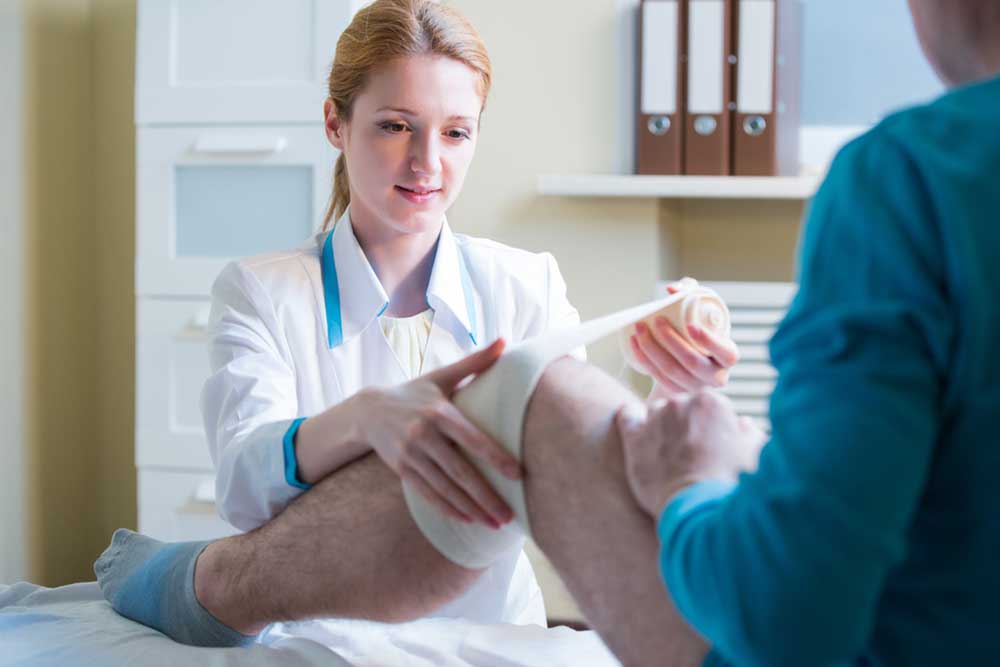Treatment Options for a Baker’s Cyst
A Baker’s cyst, or a popliteal cyst, is a health condition in which a fluid-filled swelling develops behind the knee, causing great discomfort and leading to compromised movements. The cyst causes pain during knee movements such as bending or extending the knee.
Causes of a Baker’s cyst
One of the main causes of a Baker’s cyst is excessive production of synovial fluid by the knees. This fluid exerts too much pressure on the back side of the knee and creates a lump there. Other common causes of Baker’s cyst include arthritis, inflammation in the knee joints, rheumatoid arthritis, and cartilage damage.

Treatment of a Baker’s cyst
Typically, a Baker’s cyst does not become a severe health issue and goes away in some time. However, in some cases, severe swelling and an intense underlying pain necessitate a medical help. A few of the treatment options for Baker’s cyst are listed below:
- Removal of fluid
In this treatment, a needle is used to remove the accumulated fluid in the knee joints. Typically, the correct location for piercing the needle is determined by an ultrasound. - Physical therapy
Physical therapy is one of the easiest and still an effective treatment option for a Baker’s cyst. Regular gentle exercise schedule greatly helps as it strengthens and provides flexibility to the knee muscles.
Generally, doctors prescribe corticosteroids such as cortisone to lessen the pain. The medications are injected into the knee joint, which then reaches the cyst. However, there are chances that the cyst may recur. In some cases, non-steroidal anti-inflammatory medications are also considered a treatment option for a Baker’s cyst as they help in reducing the pain and inflammation.
A surgery to remove the cyst is one of the last resorts. It is performed when the cyst causes a damage to the cartilage, or it is causing severe discomfort, or movements become extremely painful. In a surgery, the Baker’s cyst is either removed or repaired.
Although there are multiple Baker’s cyst treatment options available, the best option can only be decided after analyzing the severity of the disease.

